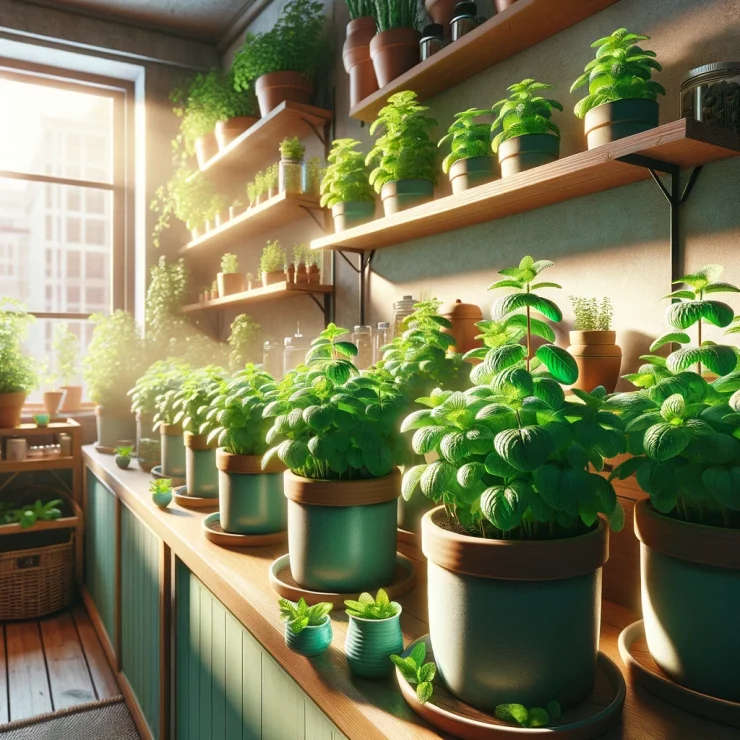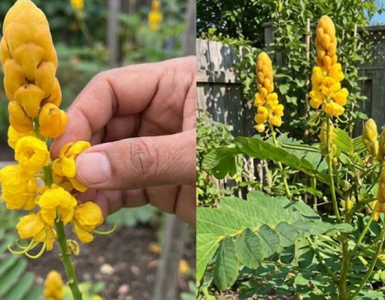Growing mint indoors can be a rewarding experience, offering a fresh supply of this versatile herb year-round. However, while mint is generally easy to cultivate, there are common mistakes that can hinder its growth and health. To help you succeed, here are five mistakes to avoid when growing your own mint indoors.
1.Overwatering
Overwatering is one of the most common mistakes indoor gardeners make. Mint prefers consistently moist soil, but it does not like to be waterlogged. Overwatering can lead to root rot and other fungal issues.Ensure your pot has adequate drainage holes to allow excess water to escape. Use a saucer to catch any overflow and empty it regularly.
2.Insufficient Light
Mint requires plenty of light to grow vigorously. Insufficient light can cause leggy growth and weak plants.
Place your mint plants in a south-facing window where they can receive at least 4-6 hours of direct sunlight daily.
3.Using the Wrong Soil
Using heavy or poorly draining soil can suffocate the roots and inhibit growth. Mint needs well-draining soil that retains some moisture without becoming waterlogged.
Use a high-quality potting mix that is light and well-draining. You can also add perlite or sand to improve drainage.Do not use garden soil, as it can be too dense and may contain pests or diseases.
4.Neglecting Pruning
Failing to prune mint regularly can lead to leggy growth and reduced vitality. Mint grows quickly and benefits from regular trimming to promote bushy, healthy growth.
Trim the tops of the stems every few weeks to encourage branching. Remove any dead or yellowing leaves to keep the plant healthy.
5.Ignoring Pests and Diseases
Even indoors, mint can fall prey to pests such as aphids and spider mites, as well as fungal diseases. Ignoring these issues can quickly lead to declining plant health.
Check your plants regularly for signs of pests or disease. Look under leaves and along stems for any unusual spots or insects.
Growing mint indoors can be straightforward if you avoid these common mistakes. By ensuring proper watering, providing sufficient light, using the right soil, pruning regularly, and monitoring for pests and diseases, you can enjoy a thriving indoor mint garden. With a bit of attention and care, your mint plants will reward you with abundant, fresh leaves for culinary and medicinal uses throughout the year.






Add comment